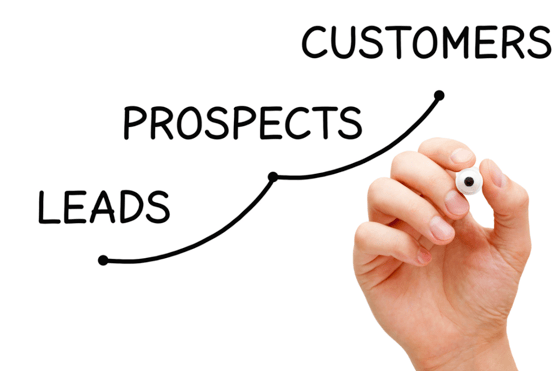
The Tools of the Trade
Every great salesperson needs their trusty toolkit.
Neel Patel
3 min read


First things first, what exactly is sales? In the simplest terms, sales is the art (yes, art!) of convincing someone to exchange their hard-earned money for a product or service. Think of it as matchmaking, but instead of setting people up on dates, you’re pairing them with their ideal purchase. It's like being Cupid, but with a PowerPoint presentation and a quota to meet.
The Salesperson: Mythical Creature or Everyday Hero?
A salesperson is often perceived as a smooth-talking, suit-wearing individual who can sell ice to an Eskimo. While we do have a penchant for talking and, yes, some of us enjoy a good suit, the reality is a bit more nuanced. A great salesperson is about uncovering needs, solving problems, and occasionally indulging in humor to lighten the mood.
Salespeople are also champions of multitasking. One minute you’re closing a deal, the next you’re explaining to your client why your company's product is better than sliced bread (which, let’s be honest, is a pretty high bar).
The Sales Process: A Rollercoaster Ride
The sales process can be likened to a rollercoaster. It has its ups (the thrilling initial interest), its downs (the dreaded objections), and its loop-de-loops (negotiations that make you feel like you're upside down). Here’s a quick rundown of the journey:
Prospecting
This is where you identify potential customers, or "leads." It’s like finding a needle in a haystack, except the haystack is on fire, and you’re armed with nothing but a metal detector and sheer determination. Prospecting involves researching, networking, and using tools like LinkedIn to find those who might benefit from what you're offering.
Approaching
This step involves making contact with your leads. Think of it as a first date—nerve-wracking but crucial. You need to break the ice, establish rapport, and make a good first impression. Remember, confidence is key, and so is not spilling coffee on your shirt.
Presenting
Now comes the part where you showcase your product or service. This is your moment to shine, much like a TED talk but with fewer existential insights and more graphs. A compelling presentation highlights the benefits, addresses pain points, and demonstrates how your offering stands out from the competition.
Handling Objections
Ah, the objections. This is where your detective skills come into play. Every "but" is a clue, leading you closer to understanding your customer's true needs. Channel your inner explorer and keep digging! Responding to objections requires empathy, patience, and a good grasp of your product's strengths and weaknesses.
Closing the Deal
The grand finale! This is where you get the customer to sign on the dotted line. It’s like catching the golden snitch in Quidditch—exhilarating, rewarding, and occasionally requiring a leap of faith. Effective closing techniques include creating a sense of urgency, offering incentives, and simply asking for the sale.
Follow-Up
Just because the deal is closed doesn’t mean your job is done. Follow-up is key to building long-term relationships and ensuring your customers remain satisfied. Think of it as the epilogue to your sales story. Regular check-ins, customer support, and showing appreciation can turn a one-time buyer into a loyal advocate.
Closing Thoughts: The Secret Sauce
So, what’s the secret to being a successful salesperson? Is it charisma, persistence, or an uncanny ability to remember names? The truth is, it’s a bit of everything, sprinkled with a dash of humor and a genuine desire to help others. Sales isn’t just about closing deals; it’s about building relationships, solving problems, and occasionally making people laugh.
In the end, sales is like a dance. Sometimes it’s a waltz, smooth and graceful, and sometimes it’s the cha-cha-cha, full of unexpected moves. But as long as you keep dancing & keep smiling, you’ll do just fine.
- Salecopy






